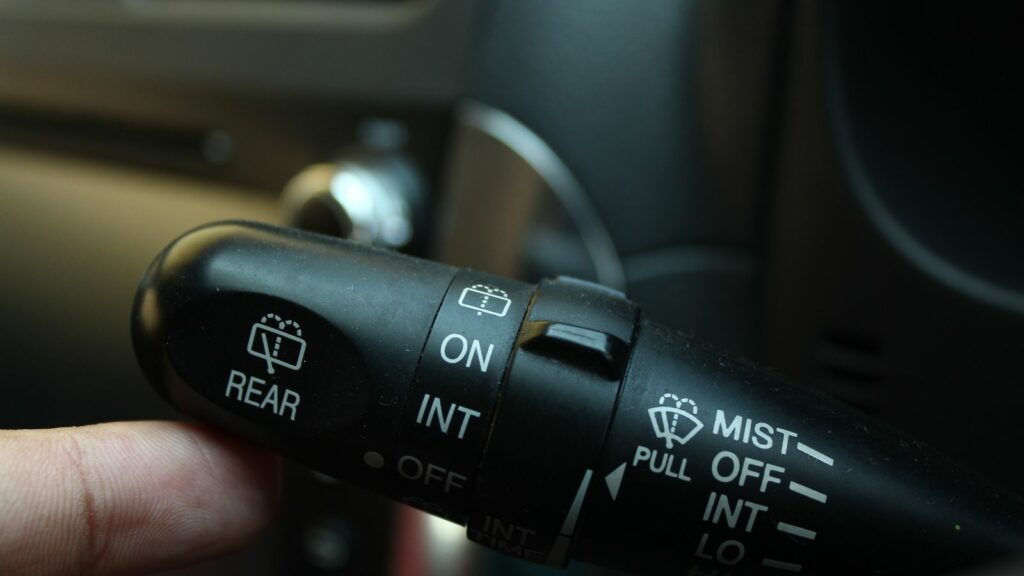With the threat of higher import duties on parts and materials, car manufacturers are now scrambling to find ways to keep sticker prices from ballooning into unaffordable territory. One of the easiest ways to offset these rising costs? Cutting back on features. Here are 20 auto features that could be the first to be eliminated.
Adaptive Cruise Control
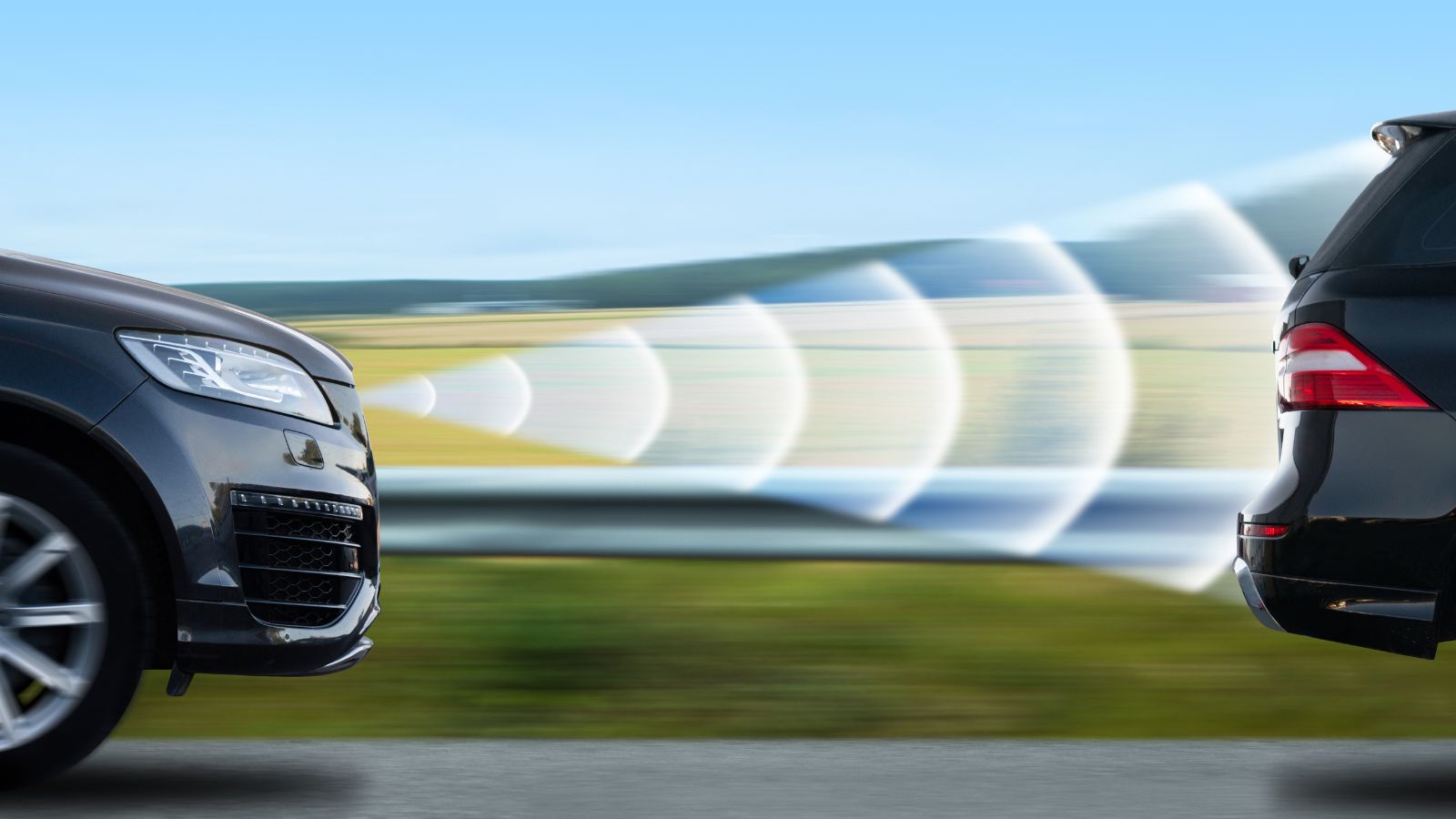
Adaptive cruise control (ACC) has become a staple in modern vehicles. Still, it relies on radar sensors and complex software that may be affected by higher tariffs on imported electronic components. Automakers facing squeezed profit margins may revert to offering only standard cruise control, which is far cheaper and simpler. Also, according to IHS Markit, ACC systems can add up to $2,000 to a car’s cost. For budget models and entry-level trims, dropping ACC might be an easy cost-saving measure, even though it’s popular among drivers who crave convenience and safety.
Heated and Ventilated Seats
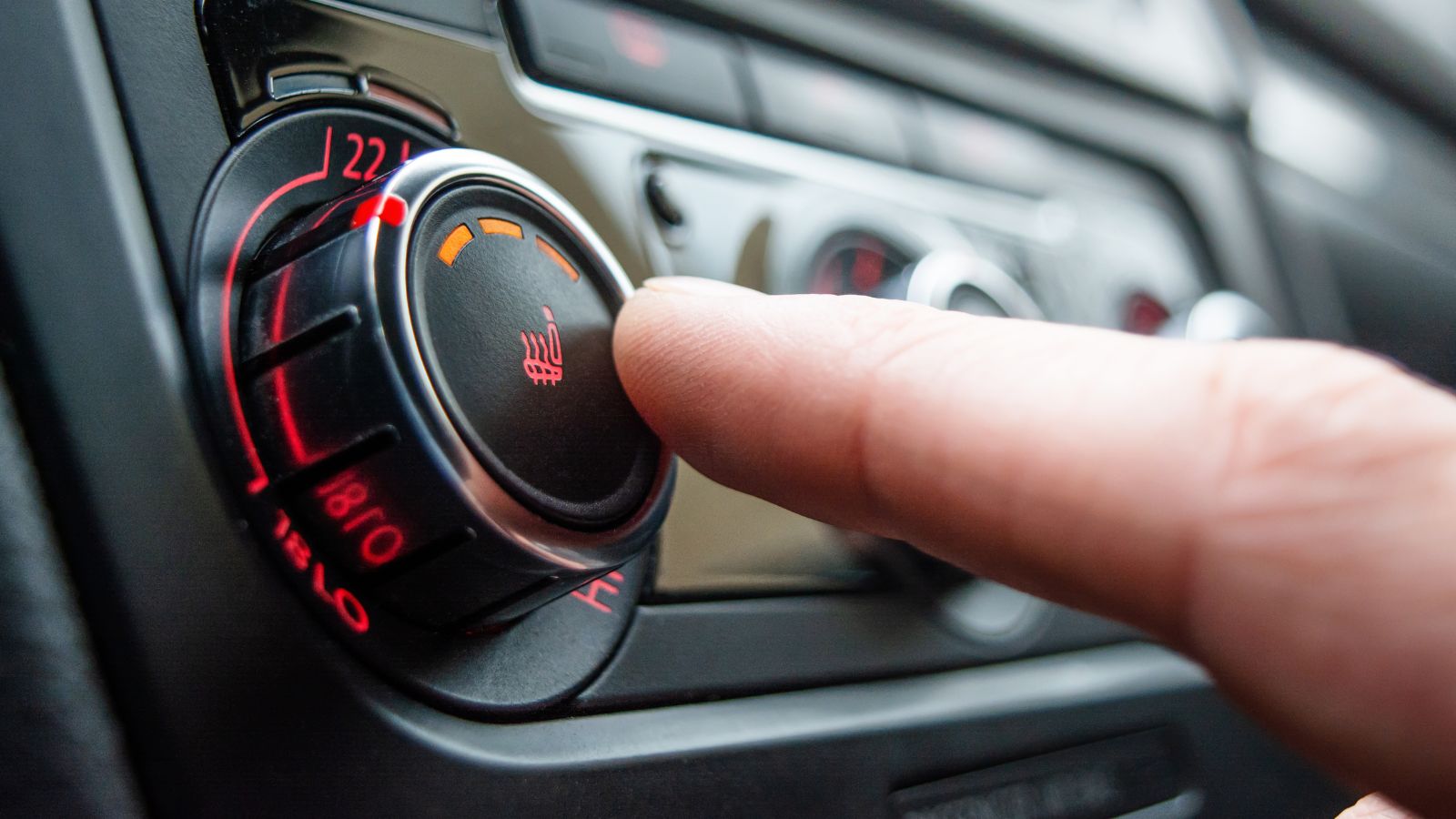
Heated and ventilated seats—once the epitome of affordable luxury—are now squarely in the crosshairs as automakers look to trim costs in response to rising tariffs on imported parts. These climate-controlled thrones rely on extra wiring, blowers, heating elements, and advanced upholstery perforation—components often sourced internationally. According to industry analysts, such as S&P Global Mobility, tariffs on imported electronics and seat components could add hundreds of dollars to the cost of each vehicle. For automakers already struggling to keep base prices attractive, ditching these seats is a quick fix that avoids raising sticker prices.
Wireless Charging Pads
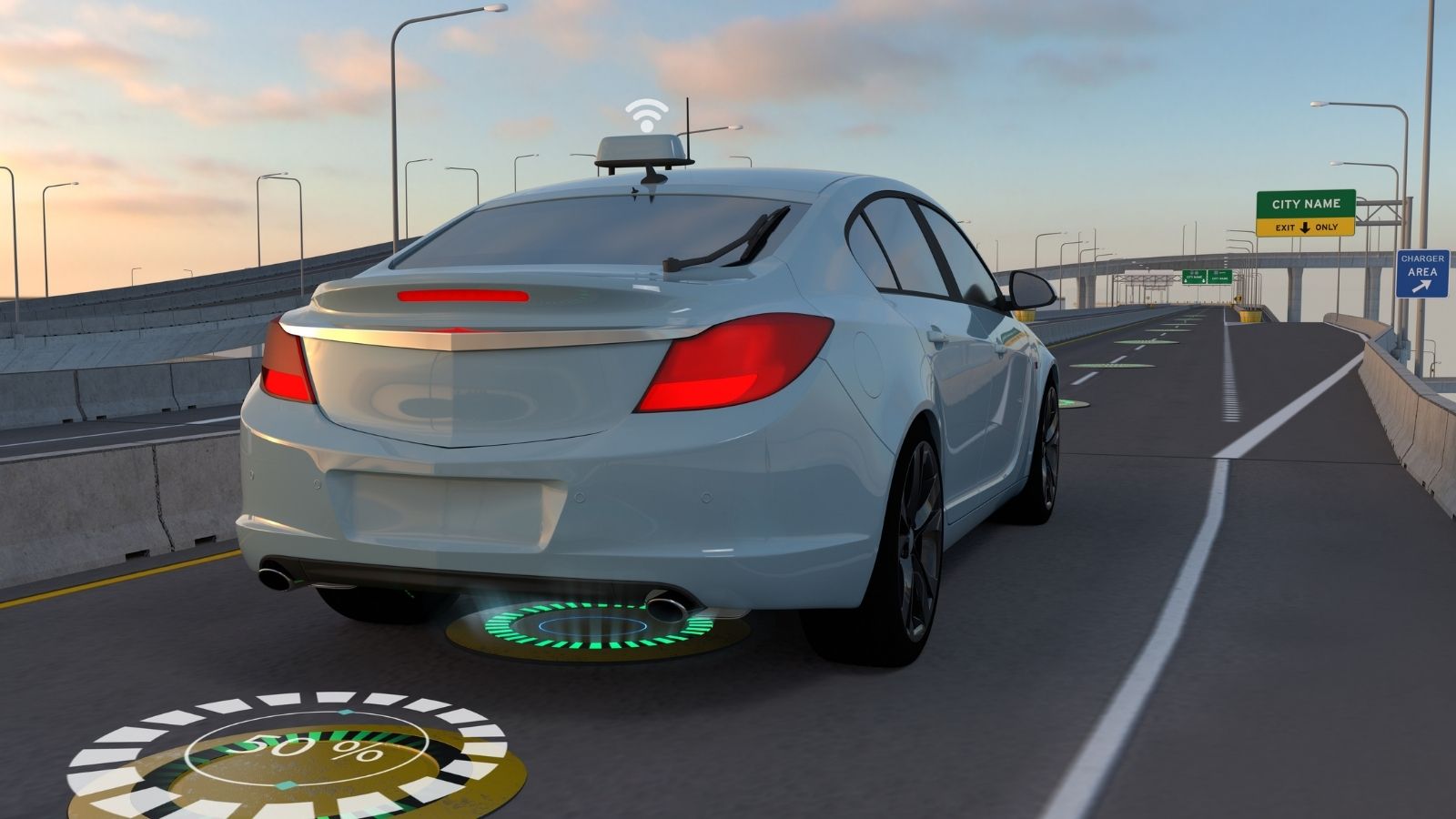
Wireless charging pads are convenient, but not essential. And, with tariffs squeezing margins, especially for imported electronics like these pads, manufacturers may prioritize core features over nice-to-have tech. Dropping wireless charging would help keep vehicle MSRPs more competitive in sensitive segments, such as entry-level SUVs and compact sedans. Plus, with USB-C fast charging ports now standard, the practical need for wireless pads diminishes. Expect some trims to lose this feature first as cost-cutting measures take hold.
Panoramic Sunroofs
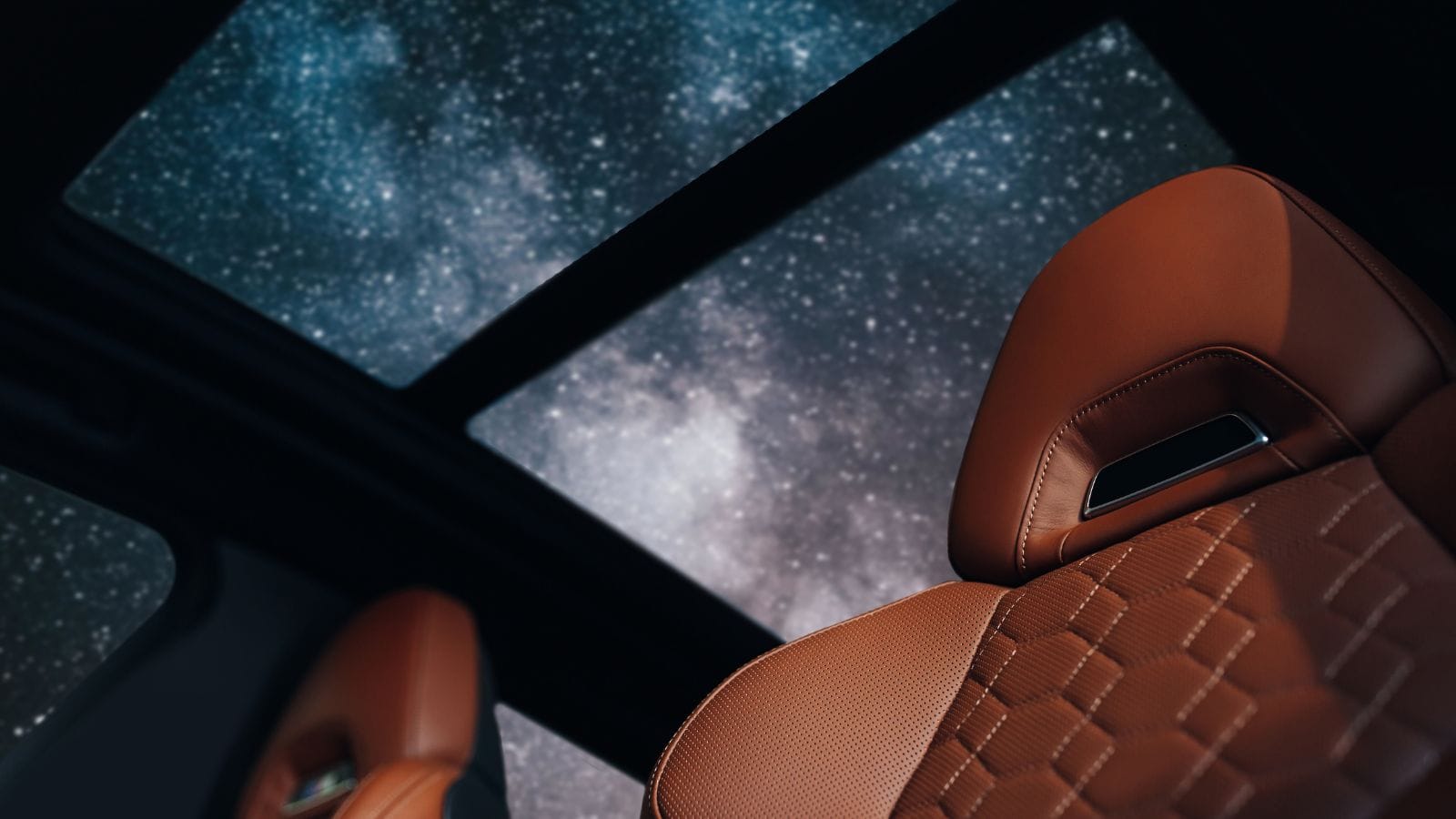
Panoramic sunroofs — those expansive glass panels that make your daily commute feel like a sun-drenched road trip — may soon face the chopping block as automakers scramble to offset rising tariff costs. These large, complex glass assemblies are not only pricey to manufacture but also heavy, which can hurt fuel efficiency and EV range. According to automotive suppliers, panoramic sunroofs can add $1,000–$2,000 to a vehicle’s production cost, not counting the additional structural reinforcements required for safety and rigidity. Automakers may switch back to standard steel roofs or smaller sunroofs to trim expenses.
Premium Sound Systems
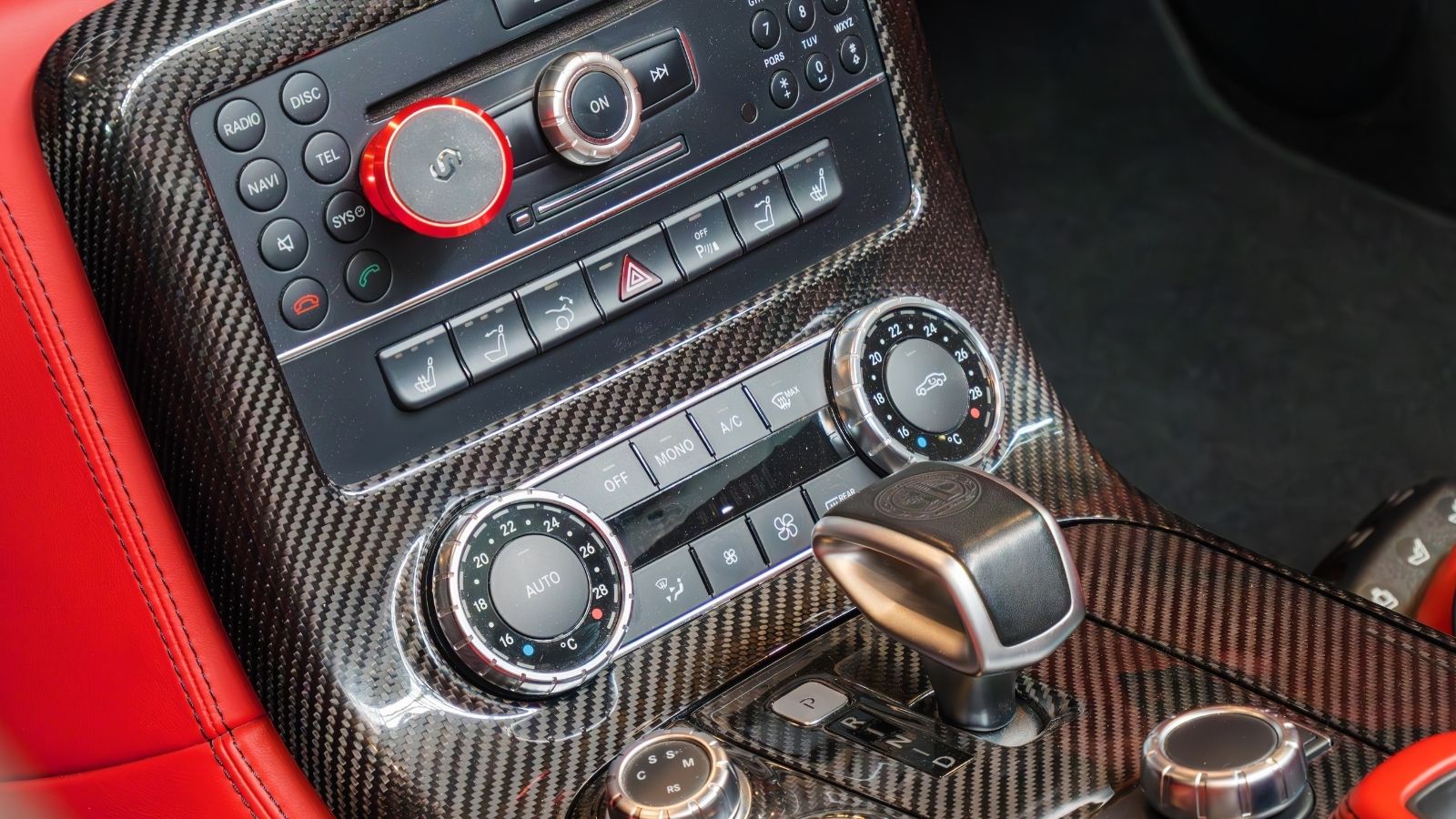
Branded audio systems, such as Bose or Bang & Olufsen, often feature imported speakers and amplifiers. And automakers like Ford and Volkswagen have already hinted at streamlining trims to reduce their reliance on parts caught in the tariff crossfire. With the average premium system adding $500–$3,000 to a vehicle’s MSRP, dropping it can help manufacturers maintain attractive base prices. Industry analysts suggest that drivers may see a return to basic speaker systems in lower trims, prompting true audiophiles to install aftermarket solutions or opt for luxury models instead.
Advanced Infotainment Systems
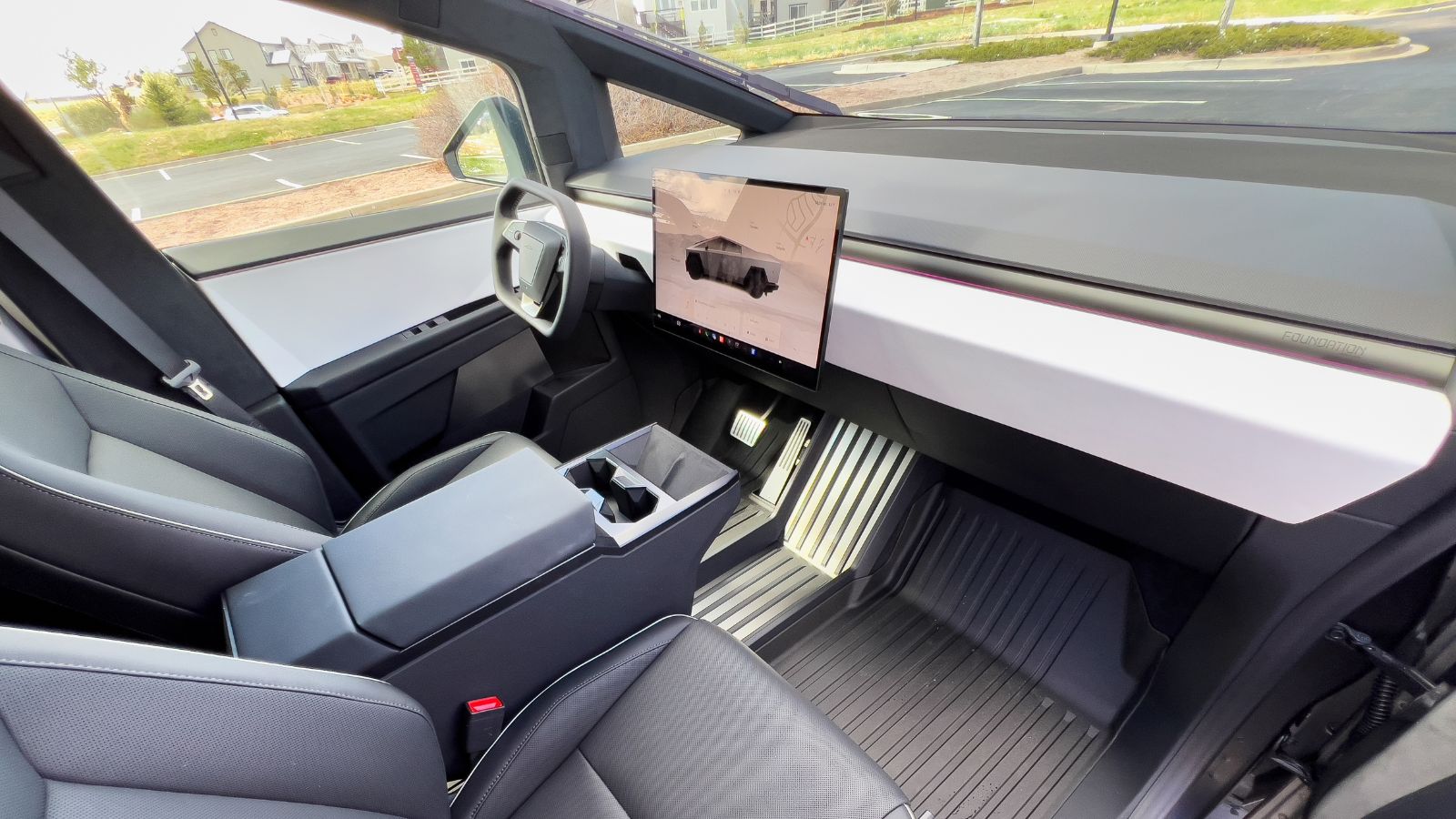
Fancy touchscreens, 3D graphics, and voice assistants are nice, but they can be costly. As tariffs increase, automakers may revert to simpler, less connected setups to maintain competitive sticker prices. Some brands, like Tesla, which once boasted cutting-edge screens, have hinted at simplifying specific hardware to avoid costly import duties. J.D. Power’s 2024 Tech Experience Index notes that while consumers love high-tech dashboards, they’re also a common source of complaints and glitches, giving manufacturers even more incentive to drop or downgrade these flashy features to keep profit margins steady.
Heads-Up Displays (HUDs)

Heads-Up Displays (HUDs) — those futuristic, fighter-jet-inspired projections on your windshield — are surprisingly likely to be on the chopping block if automakers need to slash tariff-driven costs. Initially popularized by luxury brands such as BMW and Audi, HUDs project speed, navigation, and safety alerts directly into the driver’s line of sight, enhancing convenience and road safety. However, the tech isn’t cheap: the hardware involves specialized projectors, reflective coatings on the windshield, and precise calibration — all of which are often sourced internationally.
Power-Adjustable Seats

Power-adjustable seats, once a hallmark of premium comfort, might soon become collateral damage in automakers’ cost-cutting battles against rising tariffs. These seats, which allow drivers and passengers to fine-tune their seating position at the touch of a button, add not just convenience but also cost, both in parts and import duties. According to industry analysts, the mechanism involves electric motors, wiring, control modules, and extra assembly labour, easily adding $500–$1,500 to a vehicle’s production cost. The manual lever may make a grand comeback in your next car’s front row.
Ambient Interior Lighting
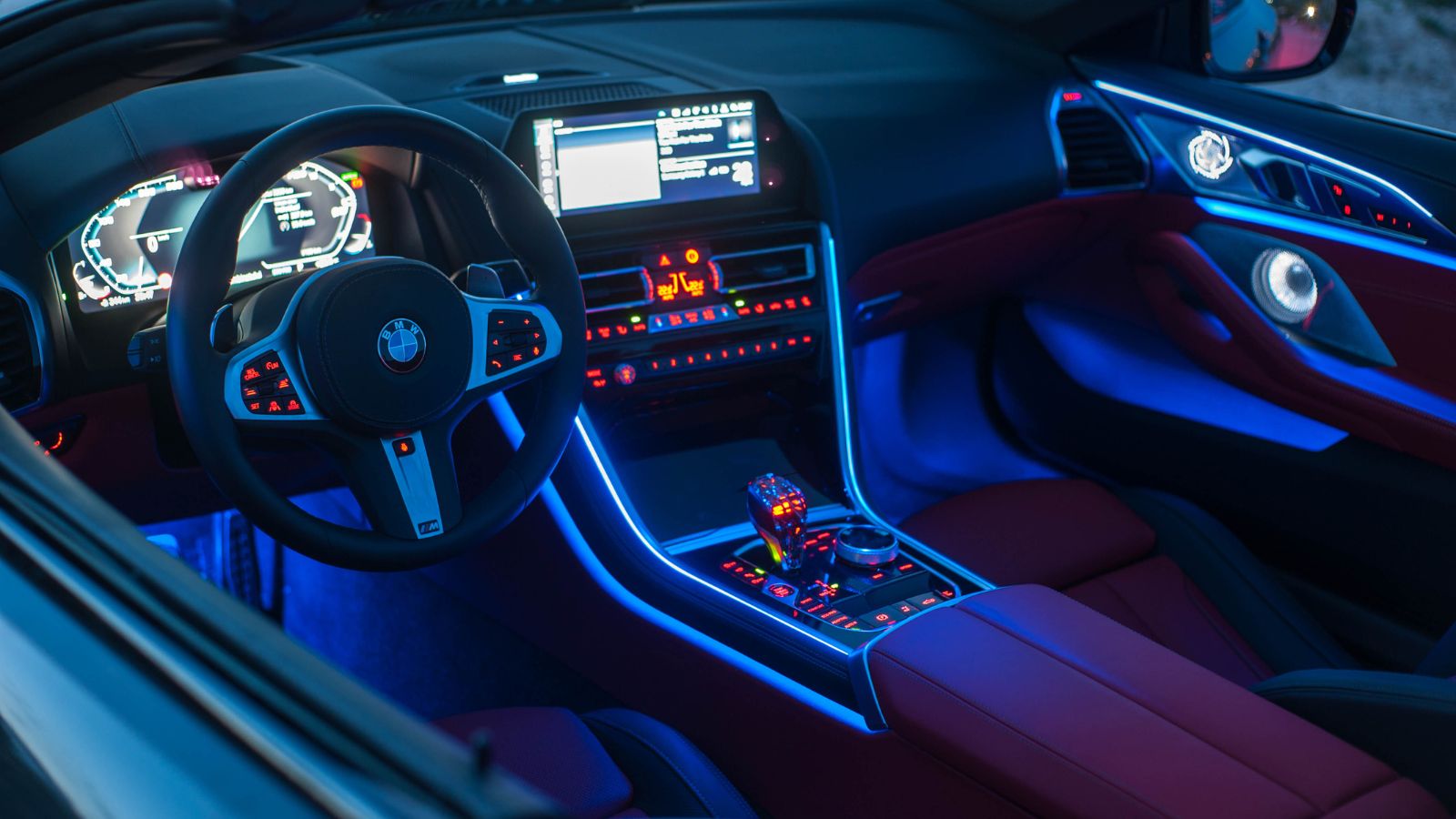
This one might sting the mood-setters. Interior LED strips that bathe cabins in customizable colors rely on imported diodes and wiring. Cutting these saves costs without affecting performance. Automakers facing double-digit percentage hikes on parts sourced from overseas may choose to eliminate non-essential features, such as ambient lighting, to keep sticker prices competitive, especially in entry-level trims. Plus, according to J.D. Power, 63% of buyers say they’re attracted to interior aesthetics, but when forced to choose, most would rather keep core safety tech than color-shifting footwell lights.
Automated Parking Assist
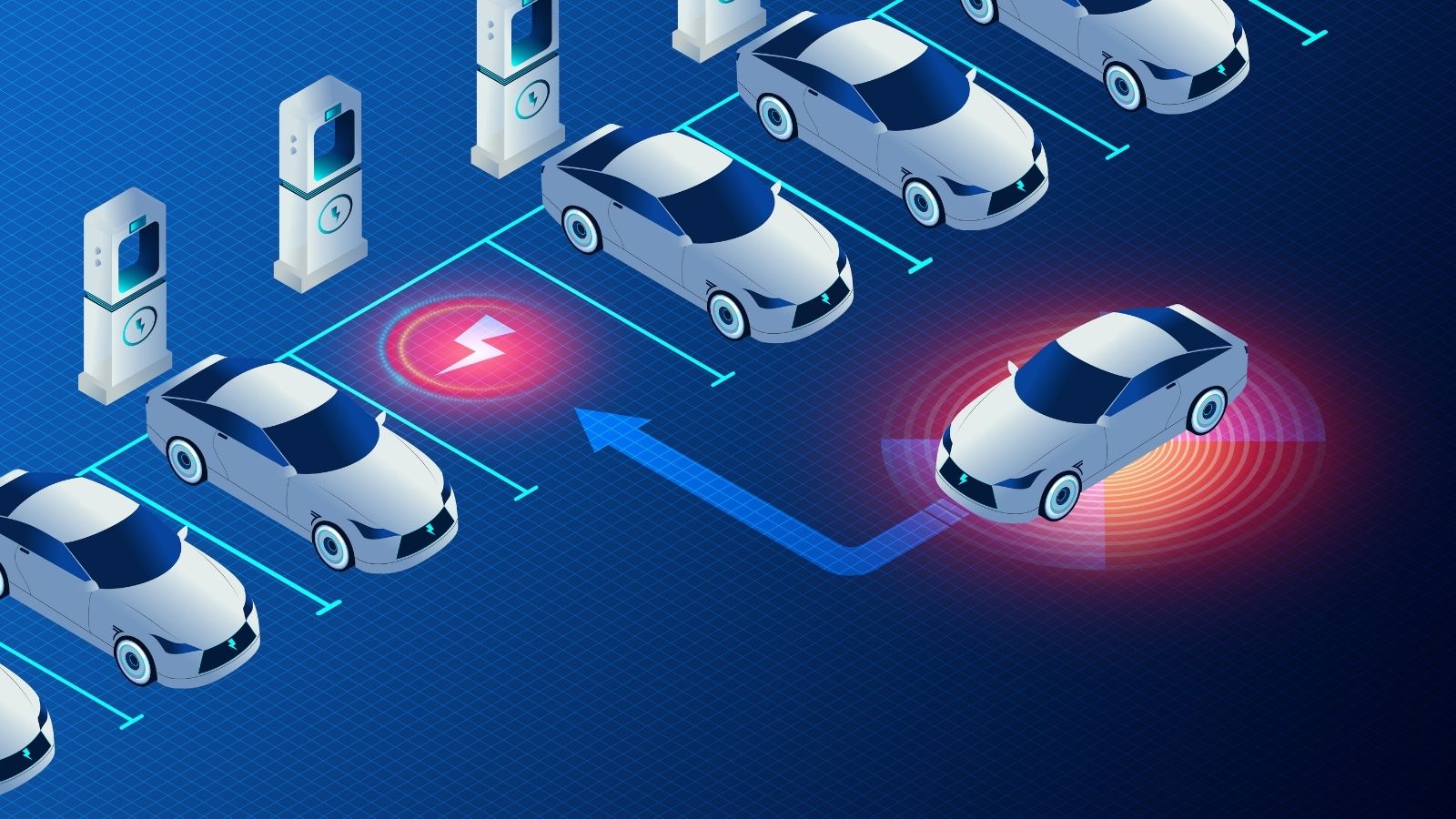
Automated Parking Assist, once hailed as a futuristic perk for urban drivers, is increasingly under scrutiny as automakers seek to trim costs amid rising tariffs and supply chain pressures. This feature uses ultrasonic sensors, cameras, and software to guide a vehicle into tight spots with minimal driver input — technology that can add hundreds, even thousands, to a car’s sticker price. According to J.D. Power, fewer than 30% of drivers regularly use parking assist systems despite paying for them, leading manufacturers to question their ROI.
Gesture Control
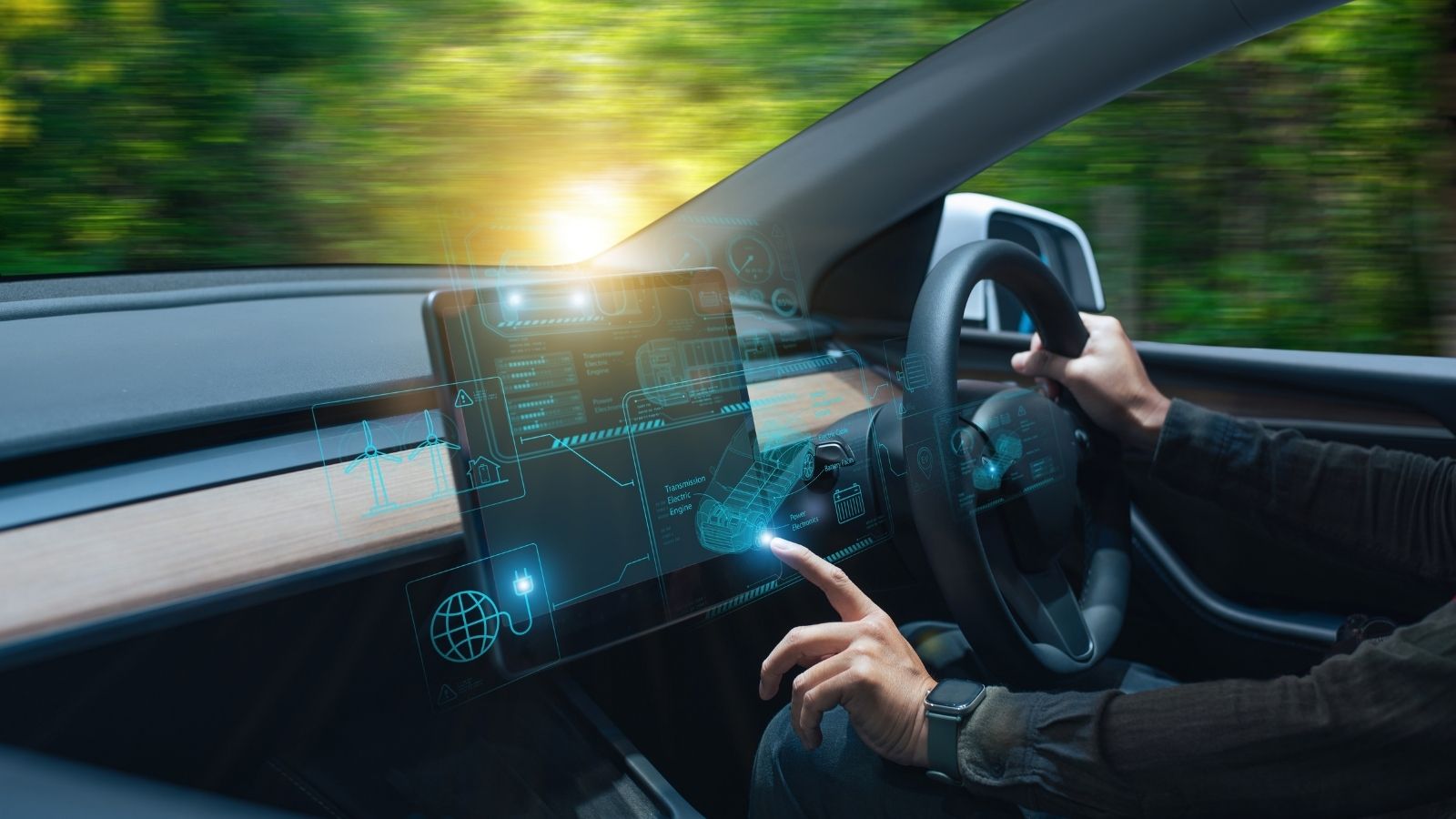
Initially popularized by BMW’s iDrive system, gesture control enables drivers to perform simple tasks—such as adjusting volume or answering calls—with hand movements alone. However, adoption has been sluggish due to high development costs, low consumer usage, and a lack of precision compared to traditional touch or voice inputs. Now, with Canadian and U.S. auto manufacturers facing retaliatory tariffs on tech imports and components, especially from Asia, gesture control is an easy target for elimination.
Rear Seat Entertainment Screens
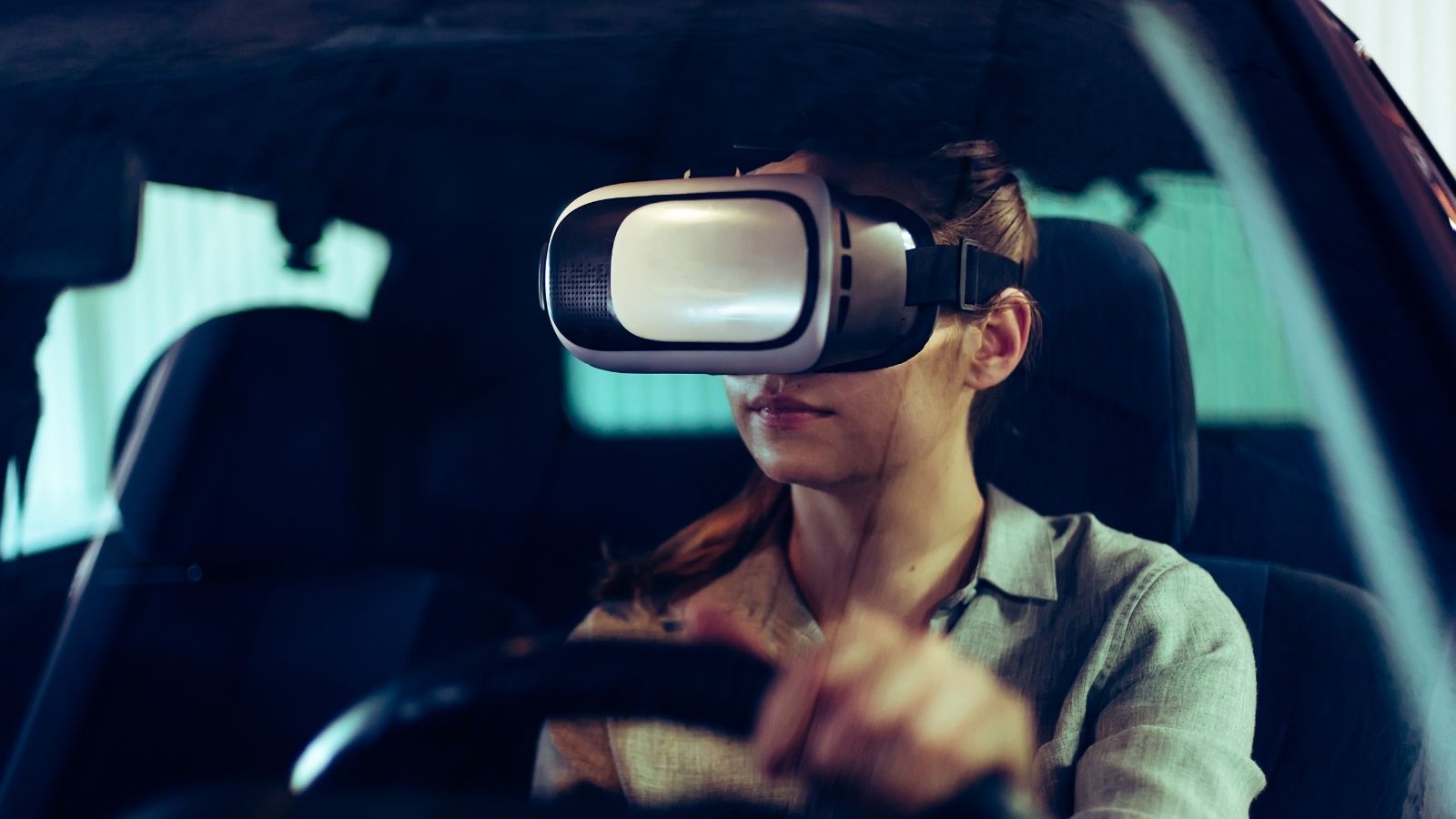
In the age of tablets, rear-seat screens are already on the decline. In Canada, brands like Honda, Toyota, and GM have already scaled back optional rear displays in base trims, nudging families toward aftermarket tablet mounts instead. Consumer Reports notes that integrated entertainment systems have also become less appealing as passengers bring their own devices. And, with tariffs inflating the cost of tech-heavy components, rear-seat screens are an easy target, offering little return on investment in a market increasingly focused on efficiency and modularity over in-car opulence.
Power Tailgates
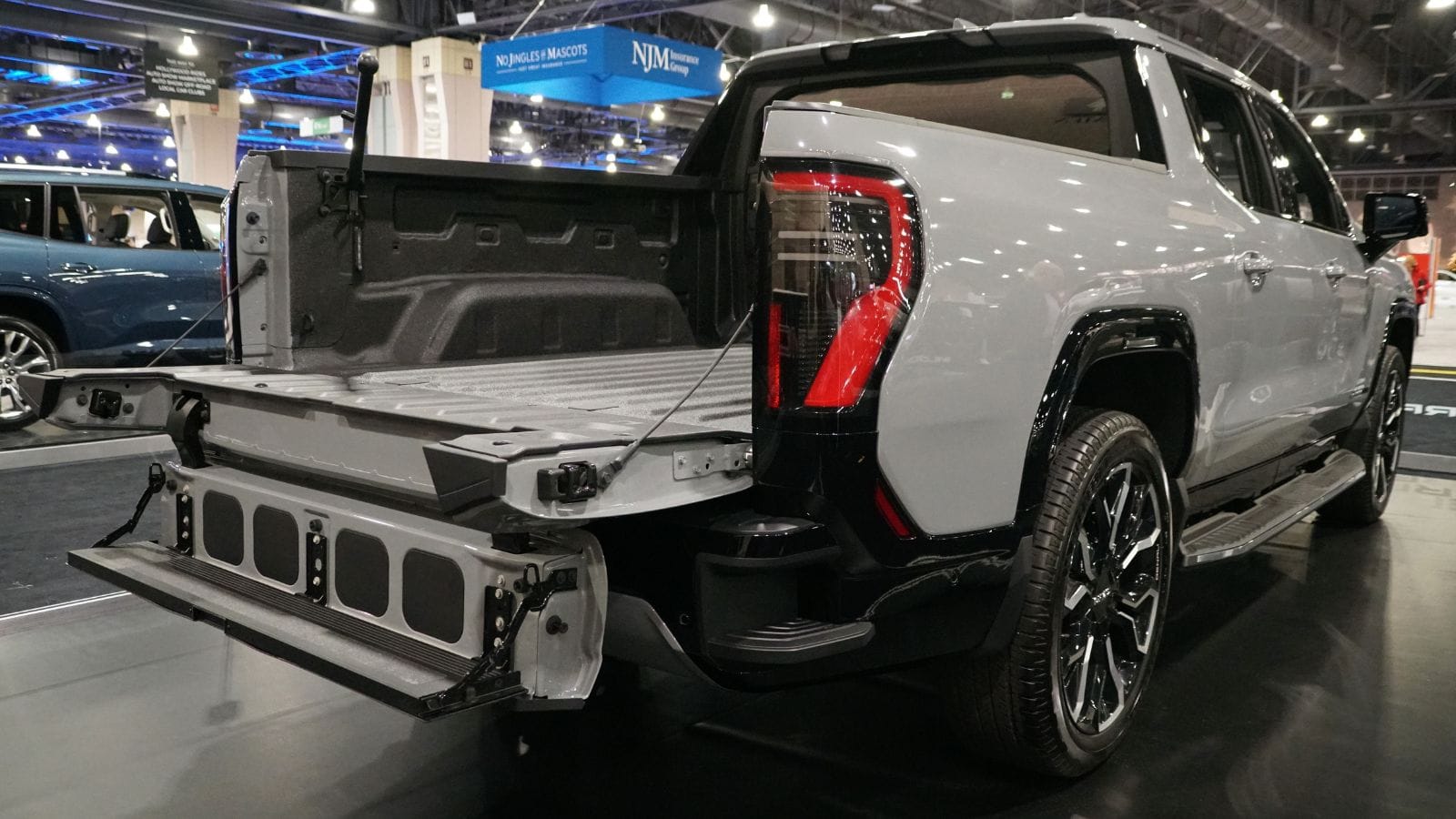
These motorized marvels simplify loading groceries but rely on electric motors, struts, and sensors. Automakers are reportedly exploring the elimination of power or electric tailgates to offset soaring tariff burdens, particularly the 25% levies on imported vehicles and components introduced by the U.S. in April 2025. These tariffs could add as much as $6,000 per vehicle and $3,600 on parts, pushing costs well into luxury‑feature territory. Also, if those parts face higher import duties, automakers may revert to manual tailgates.
Automatic Wipers
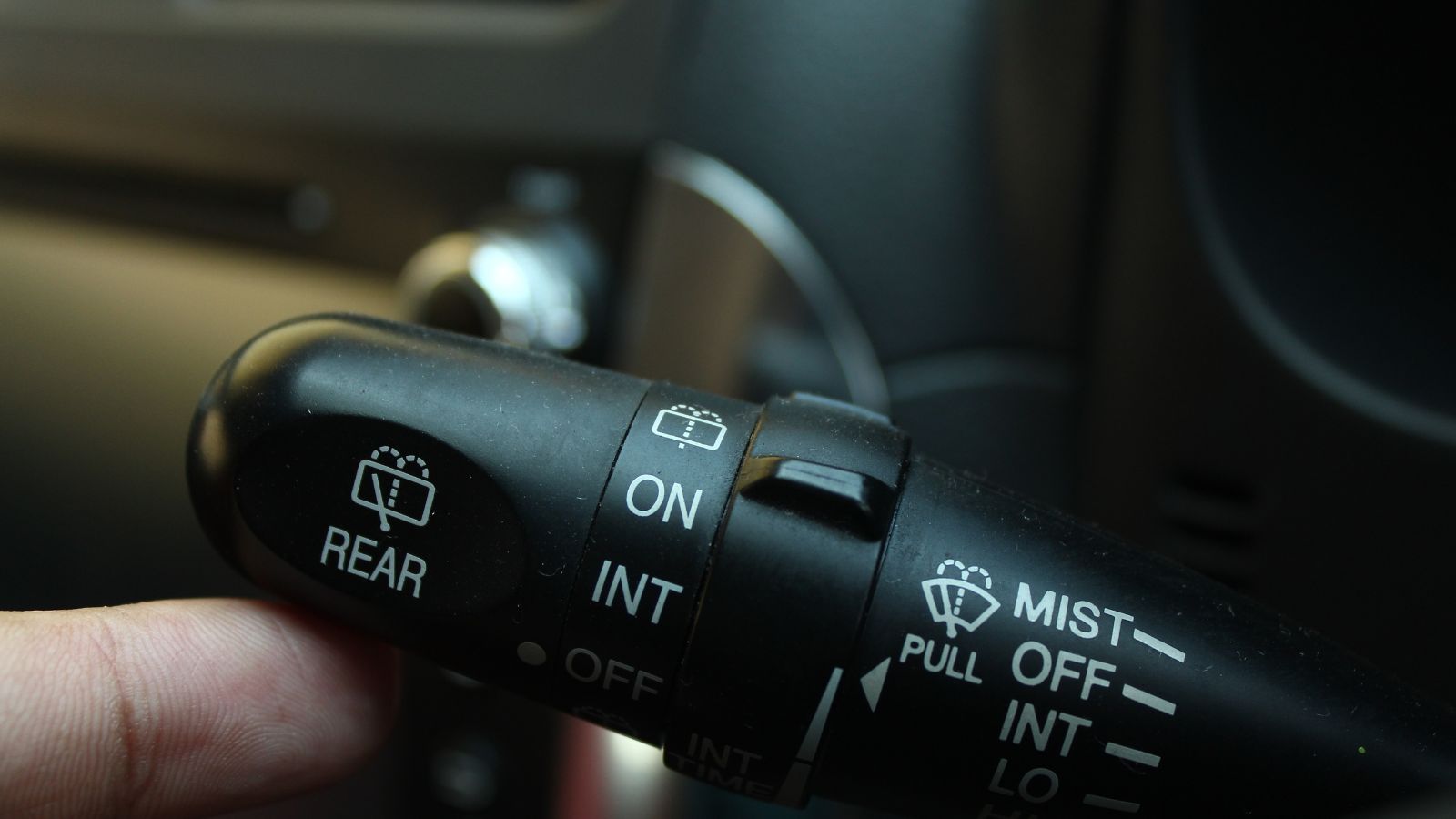
These systems rely on rain sensors, typically placed behind the windshield, that trigger wipers when moisture is detected. While helpful, they aren’t deemed “essential safety equipment” under Canada’s Motor Vehicle Safety Standards, making them an easy target for cost-cutting. With rising tariffs on electronic parts from Asia and Europe—where most sensor modules originate—manufacturers are streamlining features to protect profit margins. Ford, GM, and Stellantis have already begun trimming “non-core tech” from trims bound for North America.
High-End Alloy Wheels
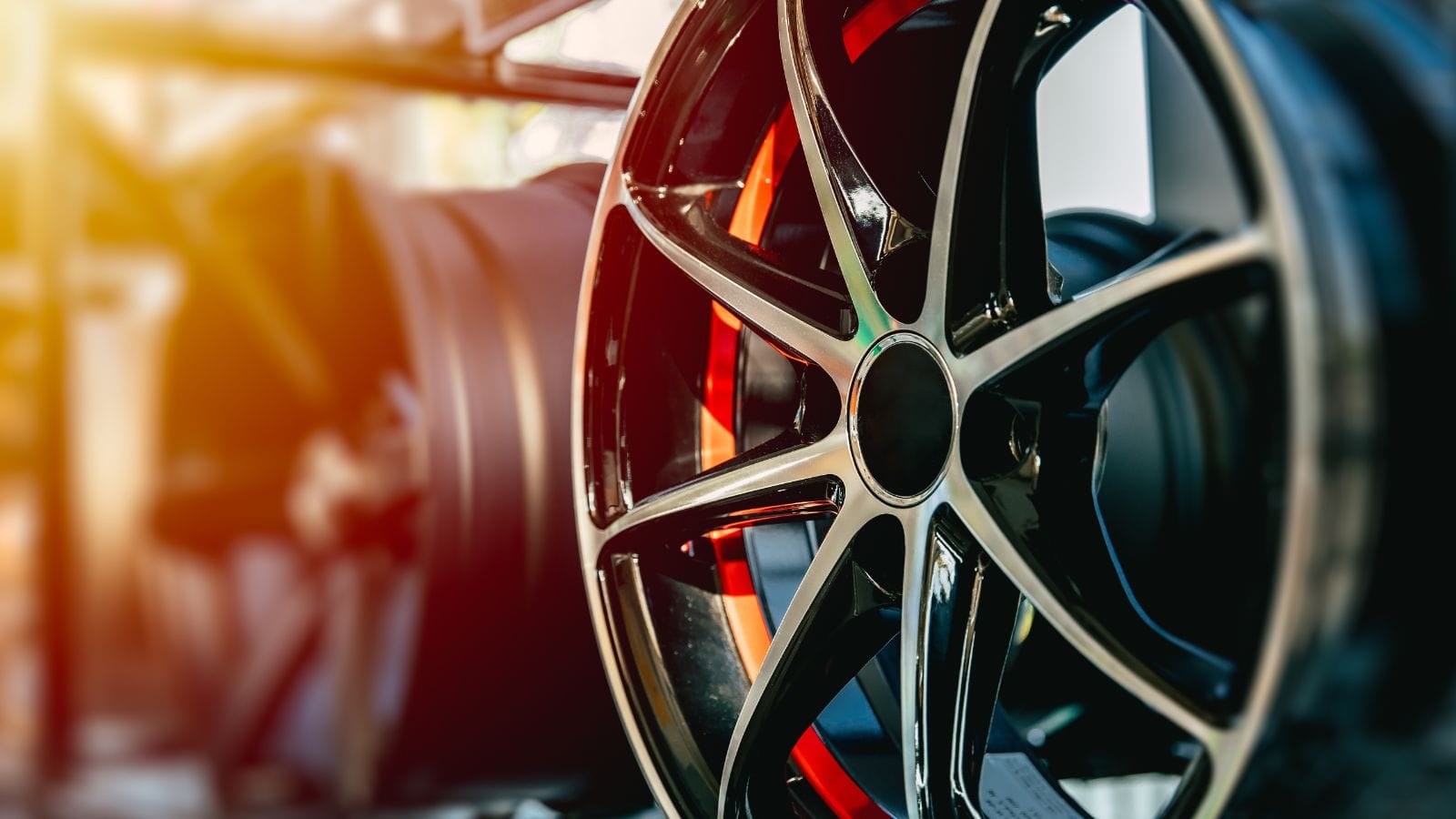
Specialty wheels are often imported and can be subject to tariffs. With the Canadian market facing tighter pricing margins, many manufacturers are reverting to steel wheels or entry-level alloys on mid-range and even luxury trims to stay competitive. Brands like Volkswagen and Toyota have already reduced the availability of alloy wheels on certain trims in response to rising supply chain costs. As cost-cutting becomes essential, high-end alloy wheels may become an optional luxury rather than a standard feature, impacting both performance, aesthetics, and resale value.
Air Suspension Systems
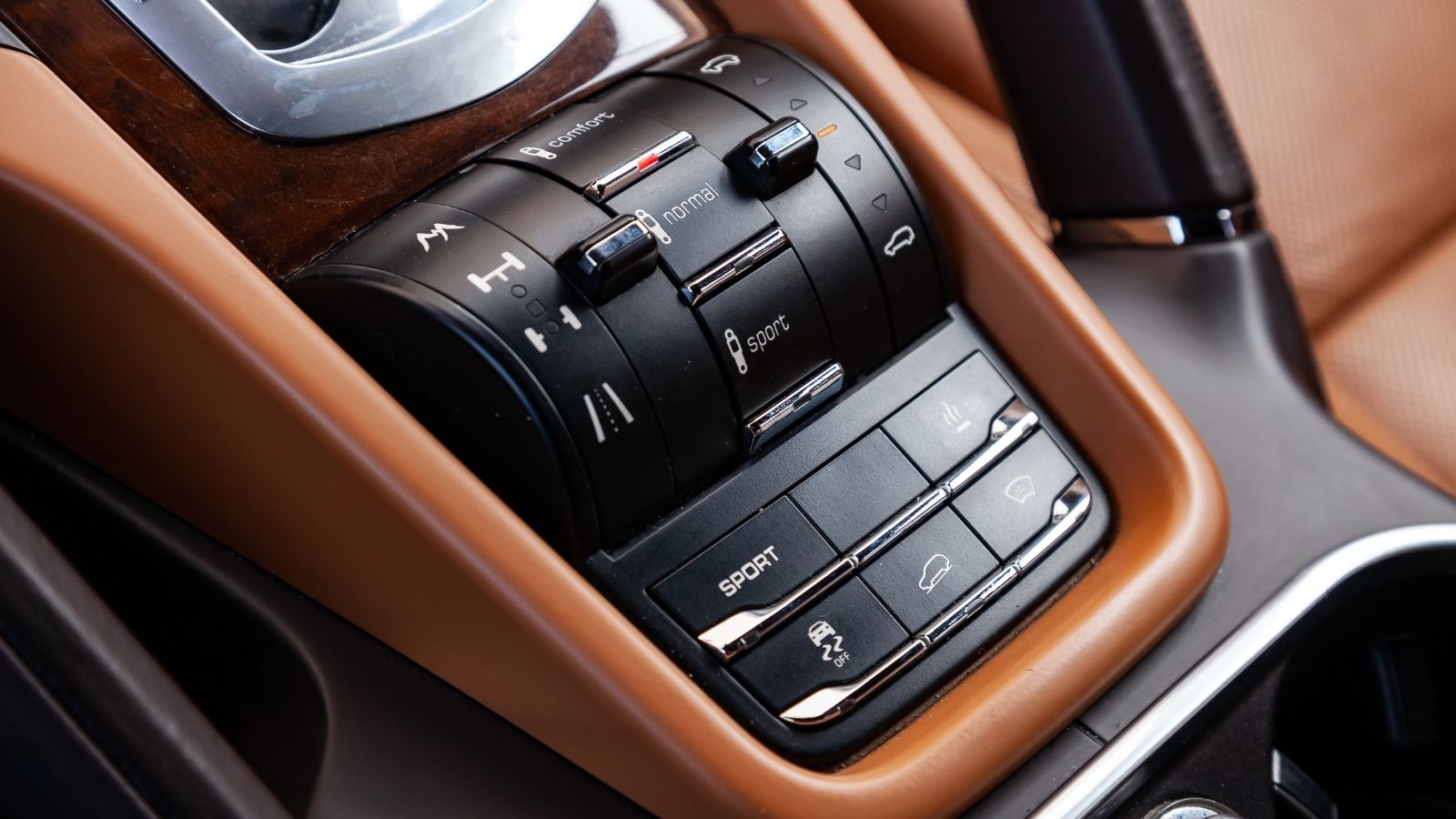
These systems offer a plush ride and adjustable height, but are complex and costly to source. Higher tariffs on precision components could limit air suspension to high-end models only. In Canada, this affects luxury and electric models the most—such as the Range Rover, Mercedes-Benz GLS, and Tesla Model X—where air suspension is standard or bundled in expensive packages. With buyers facing inflated MSRPs and already high warranty repair costs, manufacturers may start offering steel spring alternatives to keep vehicles competitively priced. According to AutoTrader Canada, features once seen as prestige perks are increasingly being “de-contented” to navigate border taxes and maintain showroom traffic.
Remote Start
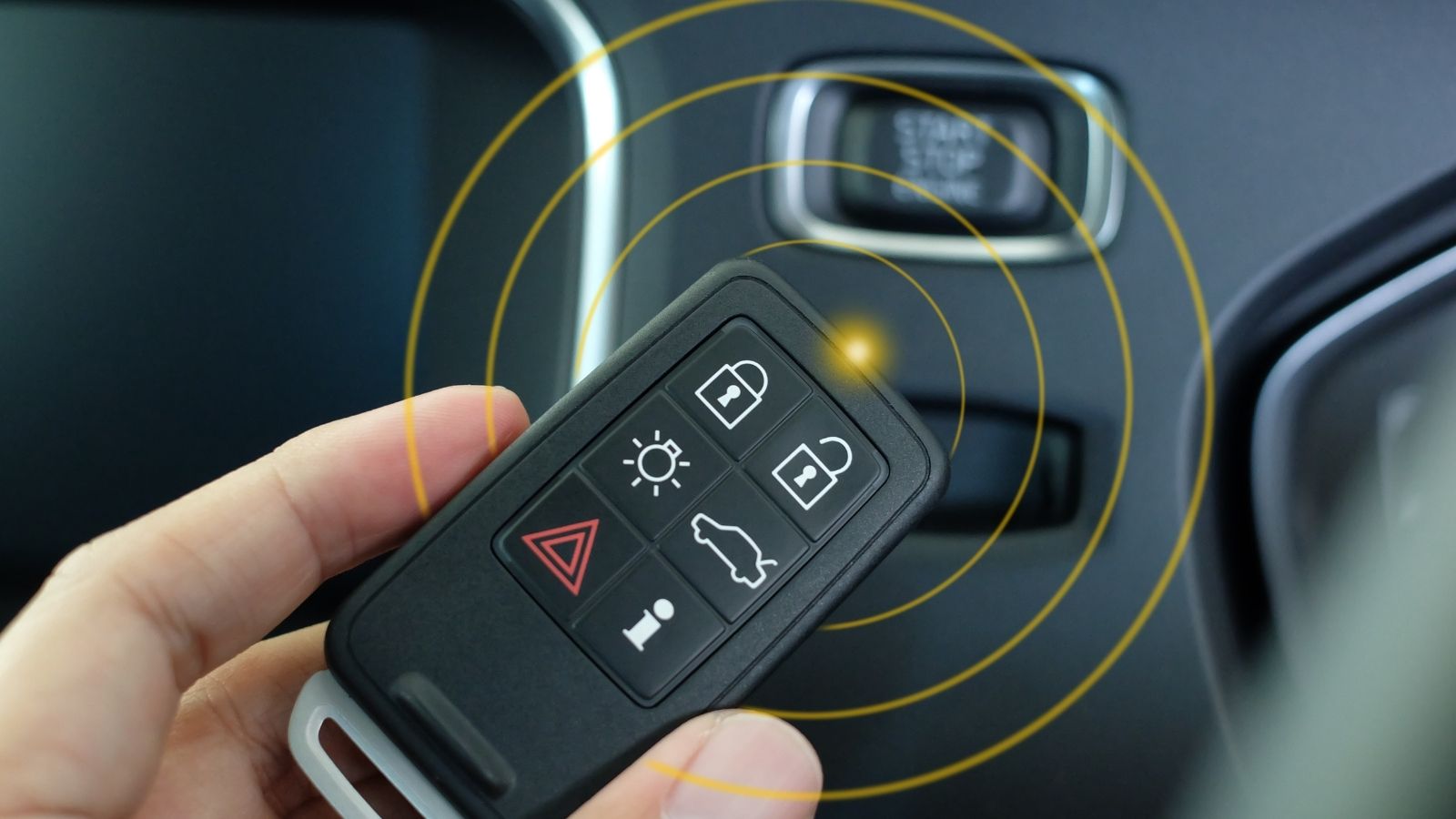
Remote start, once a beloved feature in Canadian vehicles for warming up engines and cabins in frigid winters, may be on the chopping block as automakers look to trim costs amid rising tariffs. This tech-heavy feature involves additional hardware, integrated modules, and software licensing, making it a prime target for deletion when balancing price-sensitive models. Since 2023, tensions over U.S.–Canada and Mexico tariffs have increased the costs of imported components, such as semiconductors, which are essential to remote start systems. Automakers may make it an aftermarket option or drop it entirely on lower trims.
Massaging Seats
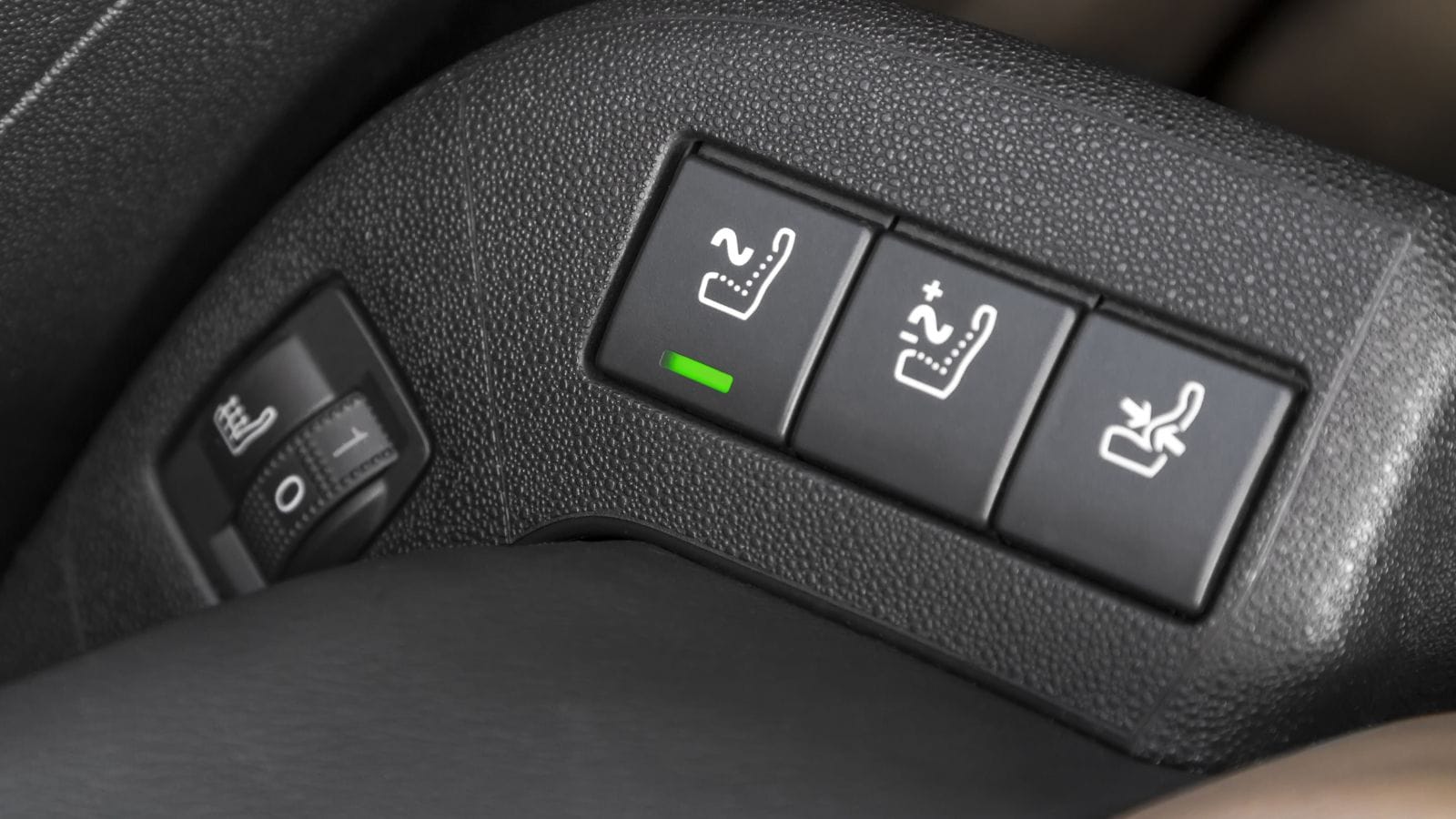
Fancy a shiatsu massage on your commute? Enjoy it while you can. These complex seats contain motors and air bladders sourced globally, and the extra cost might no longer be feasible. With Canadian consumers already grappling with price hikes due to tariff markups—such as the 25% U.S. steel tariff that increased car production costs—luxury amenities like these are on the chopping block. Industry analysts predict that more trim levels will be offered without massaging options in 2025 models, primarily from brands that import vehicles in large quantities.
Acoustic Glass
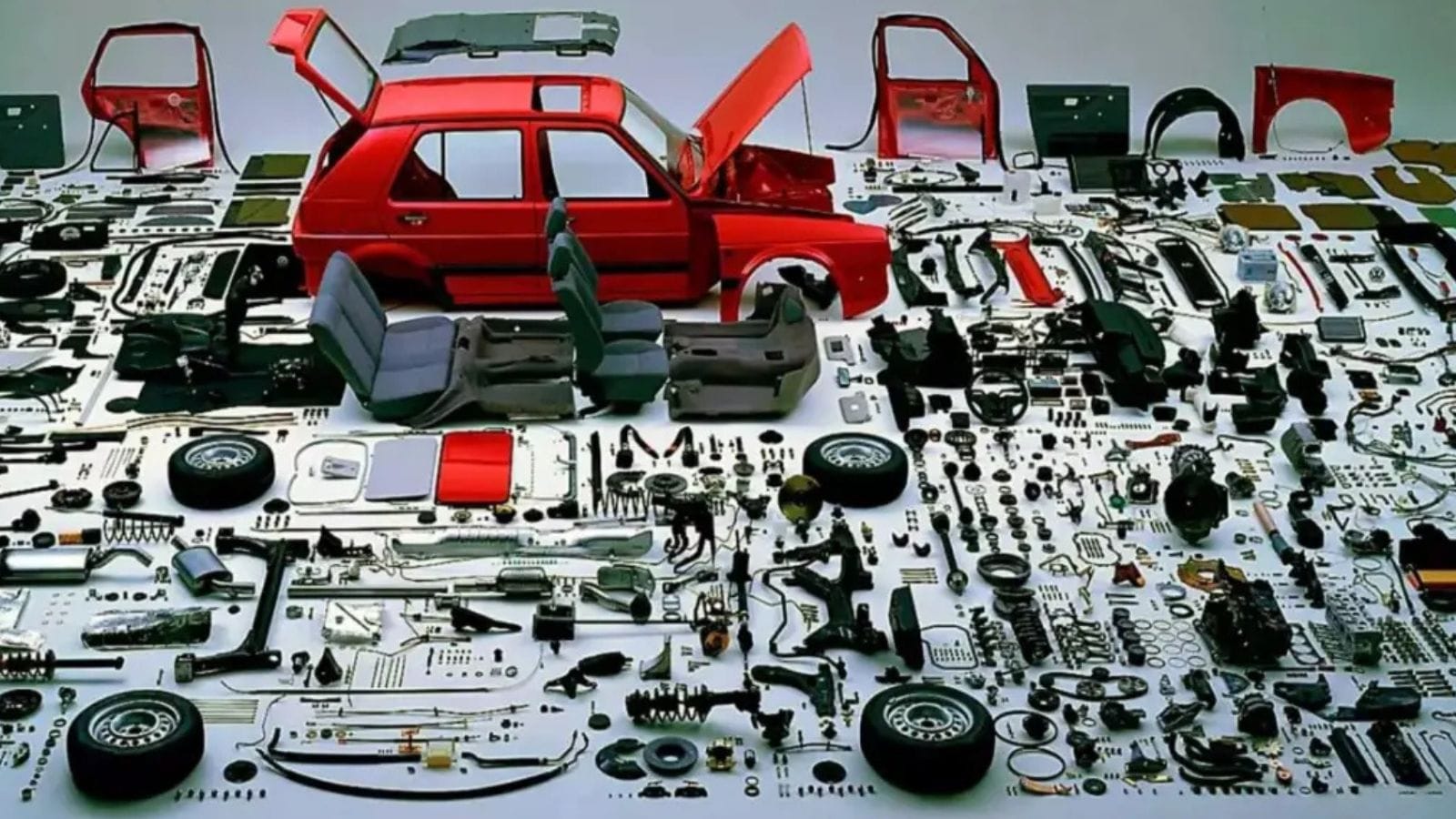
Automakers are reportedly considering dropping acoustic laminated glass—a premium windshield or side window that sandwiches an acoustic vinyl layer to cut road and wind noise—to mitigate rising import tariffs. Current U.S. tariffs on auto parts, including glass, stand at approximately 25%, with reciprocal tariffs potentially increasing the total burden on some imported vehicles to as high as 45%. This tariff level has prompted automakers to reassess features that elevate production or import costs. Acoustic glass, which reduces interior noise by approximately 2–3 dB overall and up to 6 dB in key frequency bands, also adds complexity and increases the cost of manufacturing and compliance.
Built-In Navigation Systems
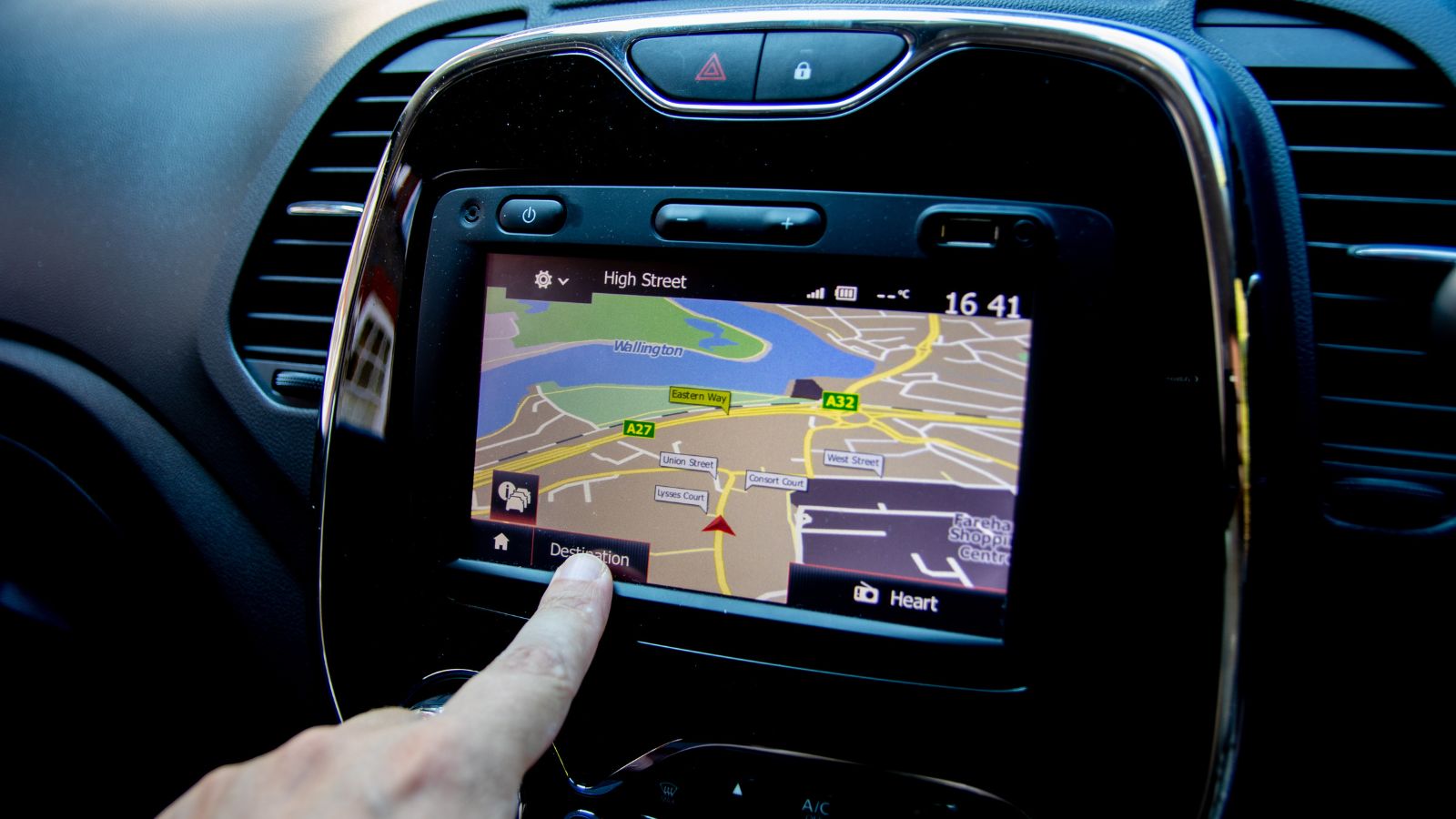
With smartphone integration improving, in-dash navigation is becoming redundant. Tariffs on GPS modules and map licensing costs will likely make automakers push buyers towards Apple CarPlay and Android Auto instead. Eliminating built-in navigation could save manufacturers up to $500 per vehicle, a significant margin when navigating global trade tensions. In Canada, where import tariffs on electronics have risen post-2024 due to shifting trade alliances, OEMs are more aggressively bundling navigation under optional tech packages or removing it entirely.
25 Facts About Car Loans That Most Drivers Don’t Realize

Car loans are one of the most common ways people fund car purchases. Like any other kind of loan, car loans can have certain features that can be regarded as an advantage or a disadvantage to the borrower. Understanding all essential facts about car loans and how they work to ensure that you get the best deal for your financial situation is essential. Here are 25 shocking facts about car loans that most drivers don’t realize:
25 Facts About Car Loans That Most Drivers Don’t Realize
